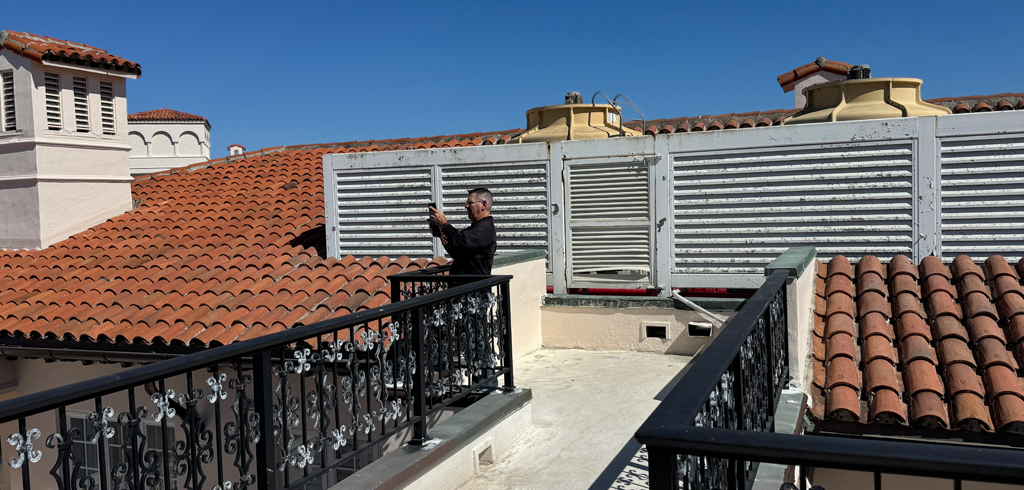How To Finance A Multifamily Property: Your Options Explained

The dream of owning a multifamily property often begins with a pivotal question: How do you finance it effectively? The funding method you choose will directly shape the profitability and success of your investment.
With a variety of financing options available, navigating the landscape requires both strategy and a solid understanding of the lending environment. Whether you’re purchasing your first multifamily building or expanding your portfolio, understanding the available resources is key to making informed decisions.
Understanding Conventional Loan Options
Conventional loans remain one of the most commonly pursued avenues for financing multifamily properties. Offered by banks, credit unions, and other financial institutions, these loans are generally based on both the borrower’s creditworthiness and the projected financial performance of the property. Interest rates, loan amounts, and repayment terms can vary widely from lender to lender, making it critical to compare offers and conduct thorough due diligence.
Typically, borrowers must demonstrate a strong financial profile, including a good credit score, proof of income, and the capacity to provide a substantial down payment. These requirements can be more stringent for larger properties, but in return, conventional loans may offer stable long-term terms with competitive interest rates, especially for well-qualified applicants.
Exploring Government-Backed Loan Programs
Government-backed loan programs can be an excellent option, particularly for those seeking more flexible qualification criteria. Agencies such as the Federal Housing Administration (FHA), Fannie Mae, and Freddie Mac offer loan products tailored to multifamily property investors. These programs are designed to promote housing development and preservation, which means they often feature lower down payments, longer amortization periods, and interest rates that may be more favorable than conventional loans.
For property managers and building owners planning to invest in or rehabilitate multifamily housing, government-backed loans can lower the barriers to entry while still offering robust financing packages. It’s important to work with lenders familiar with these programs to ensure compliance with eligibility requirements and application processes.
Considering Private Lenders and Hard Money Loans
Private lending and hard money loans offer alternative financing routes, particularly useful for investors who may not meet traditional lending standards. Private lenders, including individuals and investment firms, often assess risk differently from banks and can tailor loan terms based on unique project needs or investment goals. These loans tend to be more flexible in structure but may come with higher interest rates.
Hard money loans, secured by the value of the property itself, are typically short-term and used for quick acquisitions or properties needing substantial renovations. Because of the increased risk, these loans carry higher costs, but they offer fast access to capital, which is especially useful for competitive or time-sensitive transactions.
Utilizing Creative Financing Strategies
When conventional routes aren’t feasible or desirable, creative financing strategies can offer resourceful alternatives. One popular method is seller financing, in which the property seller acts as the lender and provides financing directly to the buyer. This arrangement can allow for more negotiable terms and faster closings. Joint ventures and partnerships are another option, enabling multiple investors to combine their capital and share both the risk and the return.
Lease-to-own agreements may also be viable in some scenarios, allowing investors to lease a property with the option to purchase it later. These creative structures require careful legal and financial planning but can open doors that traditional financing may not.
Key Considerations Before Choosing a Loan
Choosing the right financing solution begins with a thorough evaluation of your financial readiness. Factors such as credit score, income level, and the availability of liquid capital for a down payment all play important roles in determining your loan eligibility. The characteristics of the property itself, such as its location, condition, and potential for rental income, will also influence the financing options available to you.
Interest rates, repayment terms, and closing costs vary by lender and loan type, and they all affect your total cost of borrowing. Engaging financial advisors or mortgage professionals early in the process can help clarify which path best fits your investment strategy and long-term goals.
Work with Stone Building Solutions to Finance Your Multifamily Property
If you’re looking to finance a multifamily property in Florida, Stone Building Solutions is here to help you move forward with clarity and confidence. Our team works closely with property managers, building owners, and condominium associations to provide comprehensive financing support tailored to your unique situation.
We assist with financial planning for future repairs and help resolve any construction-related concerns that could affect your investment. By evaluating your goals and financial profile, we connect you with appropriate funding opportunities, including apartment building loans designed for Florida’s property market. Whether you’re acquiring, expanding, or improving a multifamily asset, we’re ready to support your success.
Contact Stone Building Solutions today to explore your financing options and take the next step in building your real estate portfolio.
